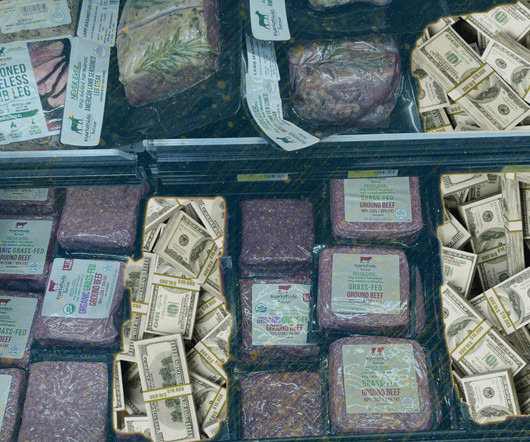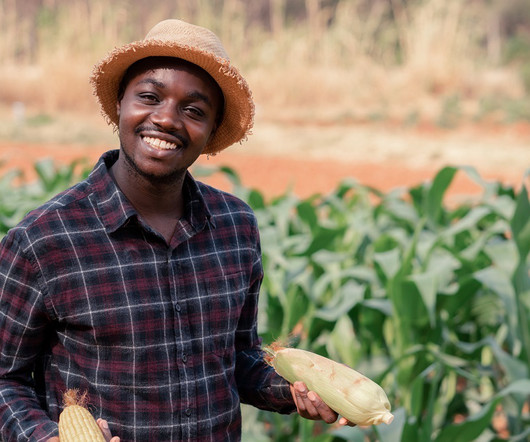Why Vertical Farms are Producing More Nutritious Crops
Agritecture Blog
MARCH 9, 2023
We often hear about vertical farms using water sustainably, 95% less than traditional open field harvesting, to provide superior tasting crops. The key here is the freshness of the crops. This time saved in travel is also nutritional value preserved in the crops. These do not impact CEA growers in the same way, if at all.”














Let's personalize your content